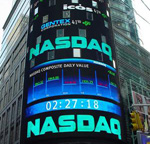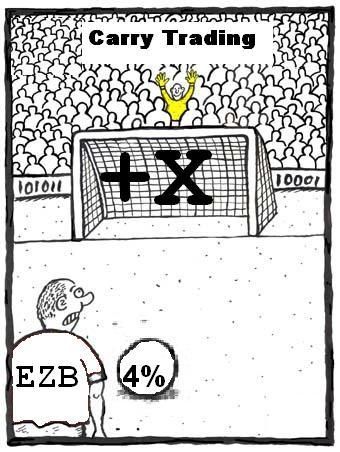Since its incorporation, the company has been developing proprietary cutting-edge technology for online trading on global and national financial markets.
The company’s clients include retail investors, money managers, asset and portfolio managers, corporate and institutional clients, introducing brokers and brokerage firms.
Deltastock serves clients from over 50 countries worldwide.
Profile:
Since its incorporation, back in 1998, Deltastock Inc. has been driven by the mission to provide comprehensive solutions for online trading on the global financial markets to individual and institutional investors. Company’s online services enable clients to instantly trade spot Forex, Gold and Silver, CFDs on BRENT and WTI Crude Oil, CFDs on shares and stock indices, listed on the major US and European Stock Exchanges, as well as equities on the Bulgarian and Bucharest Stock Exchanges.
Deltastock Inc. is committed to best meet and exceed the expectations of both individual and institutional investors. We strive to provide professional and timely personalized services to our clients. Our dedicated Customer Service Team provides 24-hour support by phone, email and live chat.
Our vision is to grow into a strong, sound and globally competitive Forex & Stock Broker, providing integrated online trading services to clients from all segments, leveraging on technology, innovation and human resources, and adopting the best ethical practices.
Our Services Online:
- Trading on the spot Foreign Exchange (FOREX) Market;
- Trading spot Gold and Silver;
- Trading CFDs on BRENT and WTI Crude Oil Futures;
- Trading CFDs on Shares and Indices, listed on the major European and US Stock Exchanges;
- Trading with Shares, listed on the Bulgarian Stock Exchange – Sofia.
- Delta Trading (Desktop, Web Web-PDA and WAP versions) – online trading in spot Forex, Gold and Silver, CFDs on BRENT and WTI Crude Oil Futures, CFDs on shares and stock indices, listed on the major US and EU Stock Exchanges;
- Delta Broker - online trading with stocks and bonds, listed on the Bulgarian Stock Exchange – Sofia.
Regulation & Membership:
Deltastock Inc. is regulated by the Financial Supervision Commission (FSC) and the Bulgarian National Bank (BNB).
Based in a member-state of the European Union, Deltastock Inc. implements all the relevant EU directives and standards in the regulation and supervision of the financial services sector.
As a fully licensed Forex & Stock Broker, Deltastock Inc. upholds the highest standards and business practices.
Deltastock is a fully licensed investment brokerage regulated under MiFID (EU Directive 2004/39/EEC)
Clients Funds Protection is guaranteed by the Investors Compensation Fund (SICF), established pursuant to the DIRECTIVE 97/9/EC of the European Parliament and the Council, adopted on March 3rd, 1997.
Deltastock Inc. has been a member of the Bulgarian Stock Exchange – Sofia and the Central Depository since 1998.

















